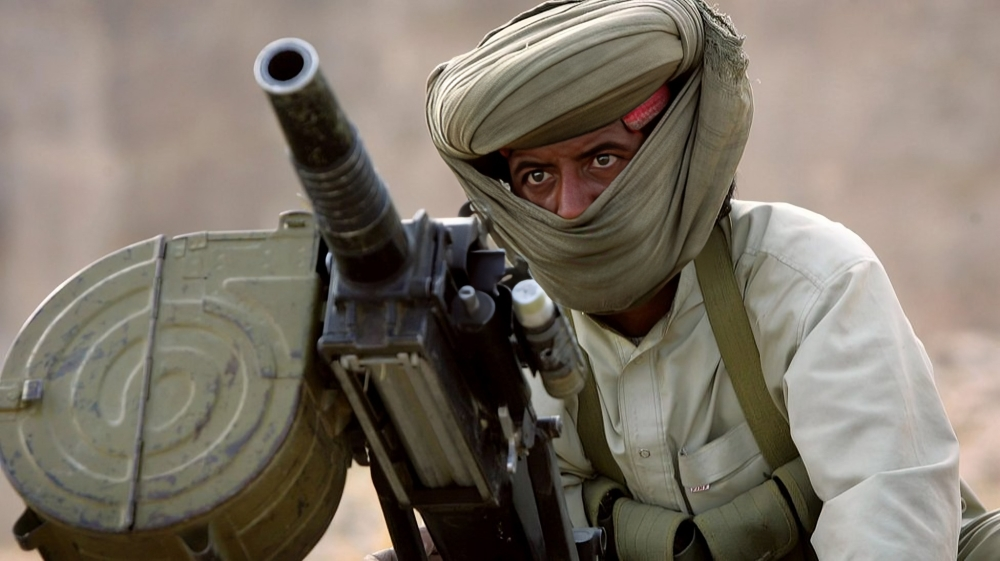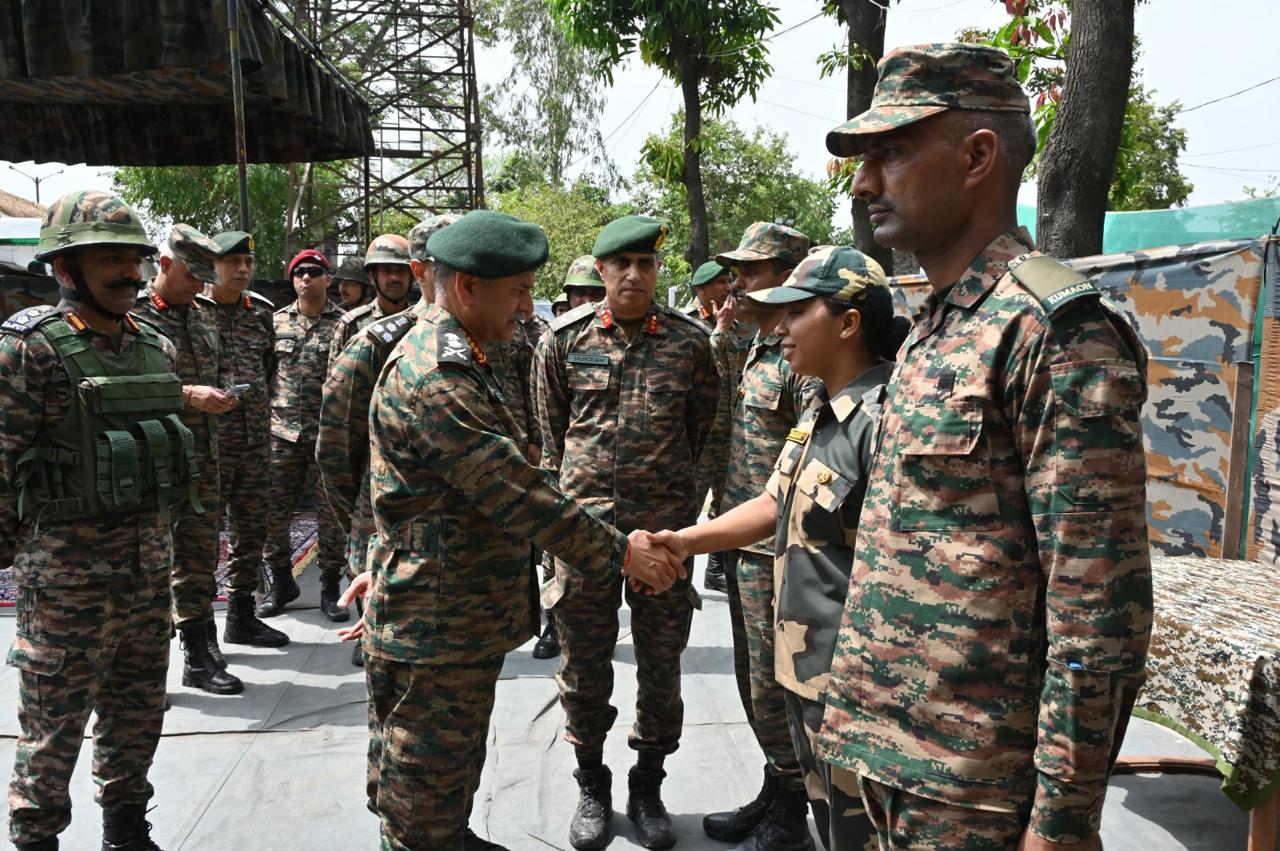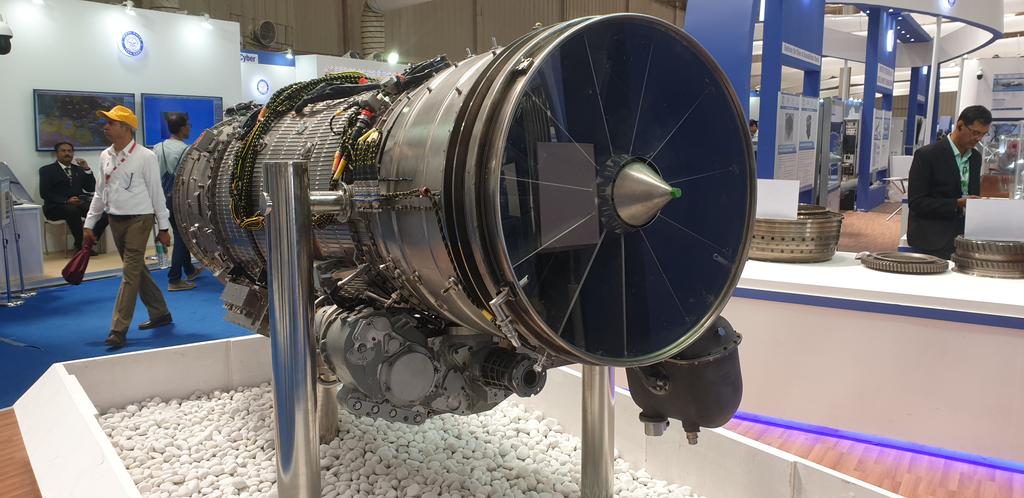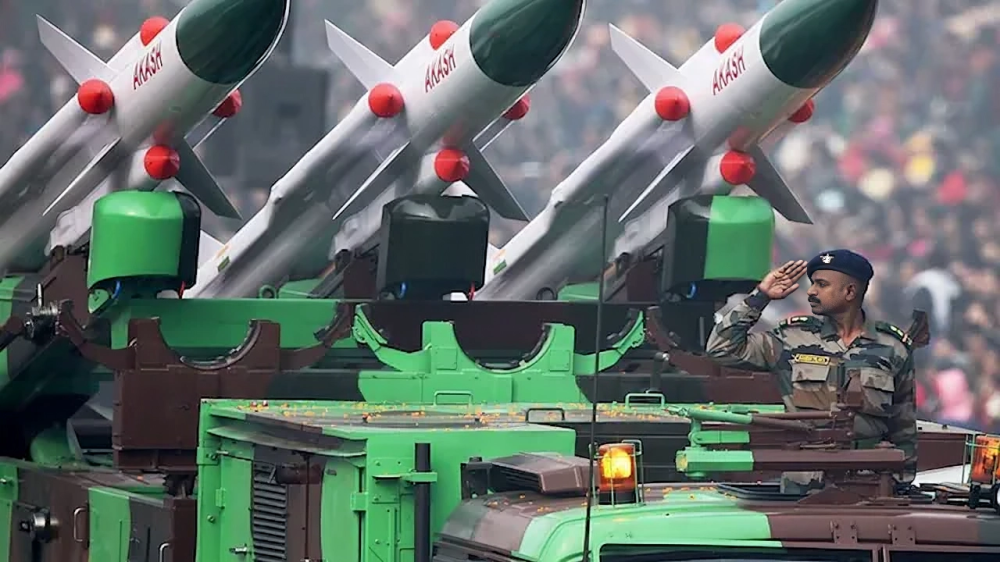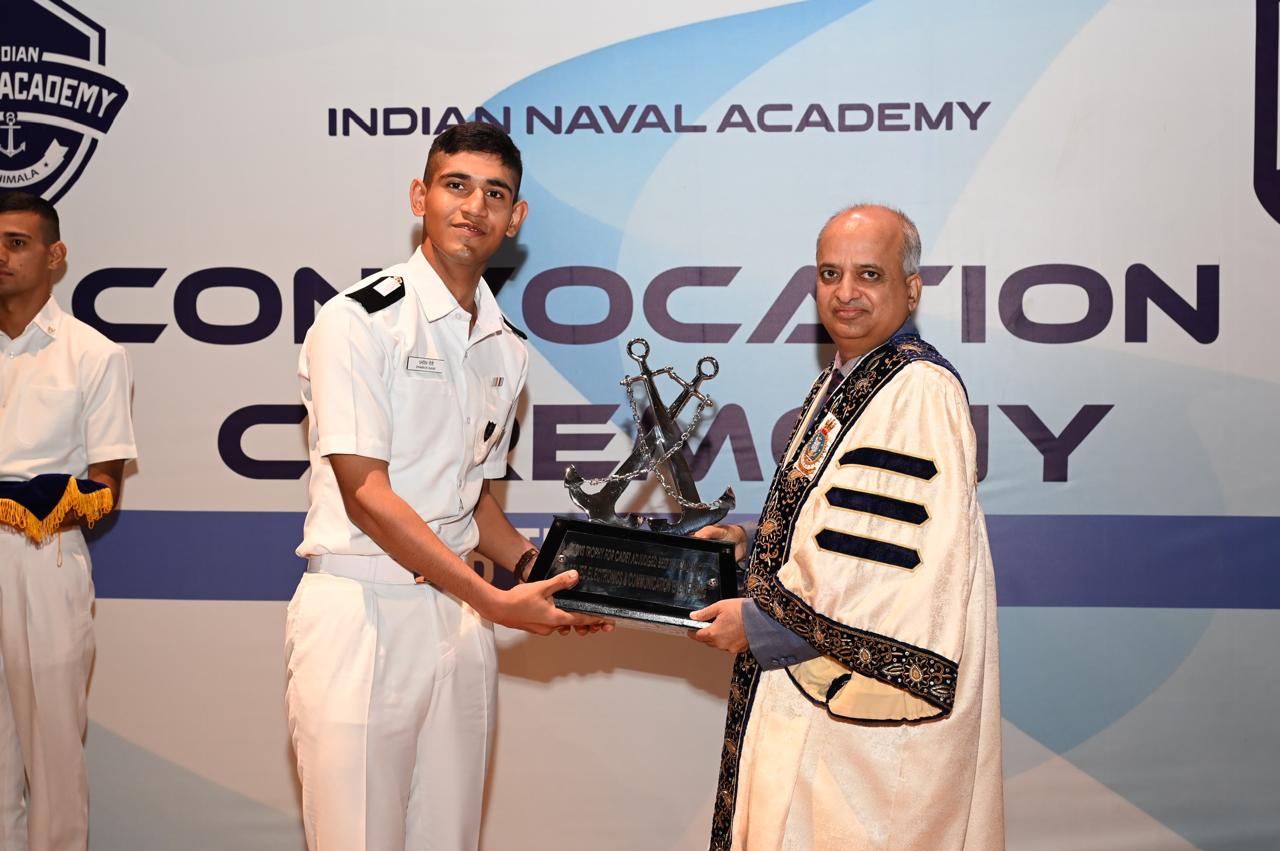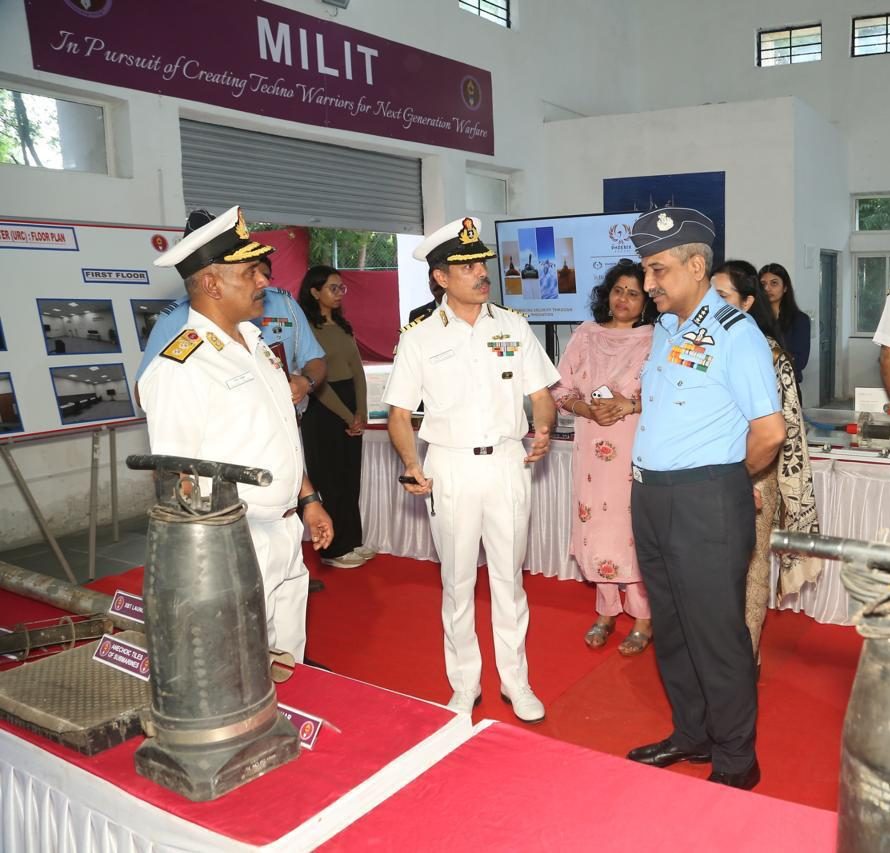Death Squads Backed by Pakistan Army Unleash Terror in Balochistan
The Human Rights Council of Balochistan (HRCB) has issued a grim alert, revealing that as many as 50 people were…
General Upendra Dwivedi Reviews Operational Preparedness in Paragwal Sector of J&K
Chief of Army Staff General Upendra Dwivedi visited the Paragwal Sector in Jammu and Kashmir to conduct a detailed review…
India’s Kaveri Engine Reportedly Cleared for Inflight Testing
The Defence Research and Development Organisation (DRDO) has announced the clearance of India’s indigenous Kaveri engine for inflight testing, marking…
MoD Cuts Defence Procurement Timelines by 69 Weeks
In a landmark move aimed at boosting self-reliance in defense, the Ministry of Defence (MoD) has announced a major reduction…
Indian Naval Academy Hosts Spring Term 2025 Convocation Ceremony
The Indian Naval Academy (INA) marked a proud milestone on May 30, 2025, with the successful completion of the Spring…
Air Marshal Ashutosh Dixit Visits MILIT Pune, Emphasizes Tri-Service Synergy and Indigenous Defence Innovation
Air Marshal Ashutosh Dixit, Chief of Integrated Defence Staff (CISC) at Headquarters Integrated Defence Staff (HQ IDS), undertook a significant…

